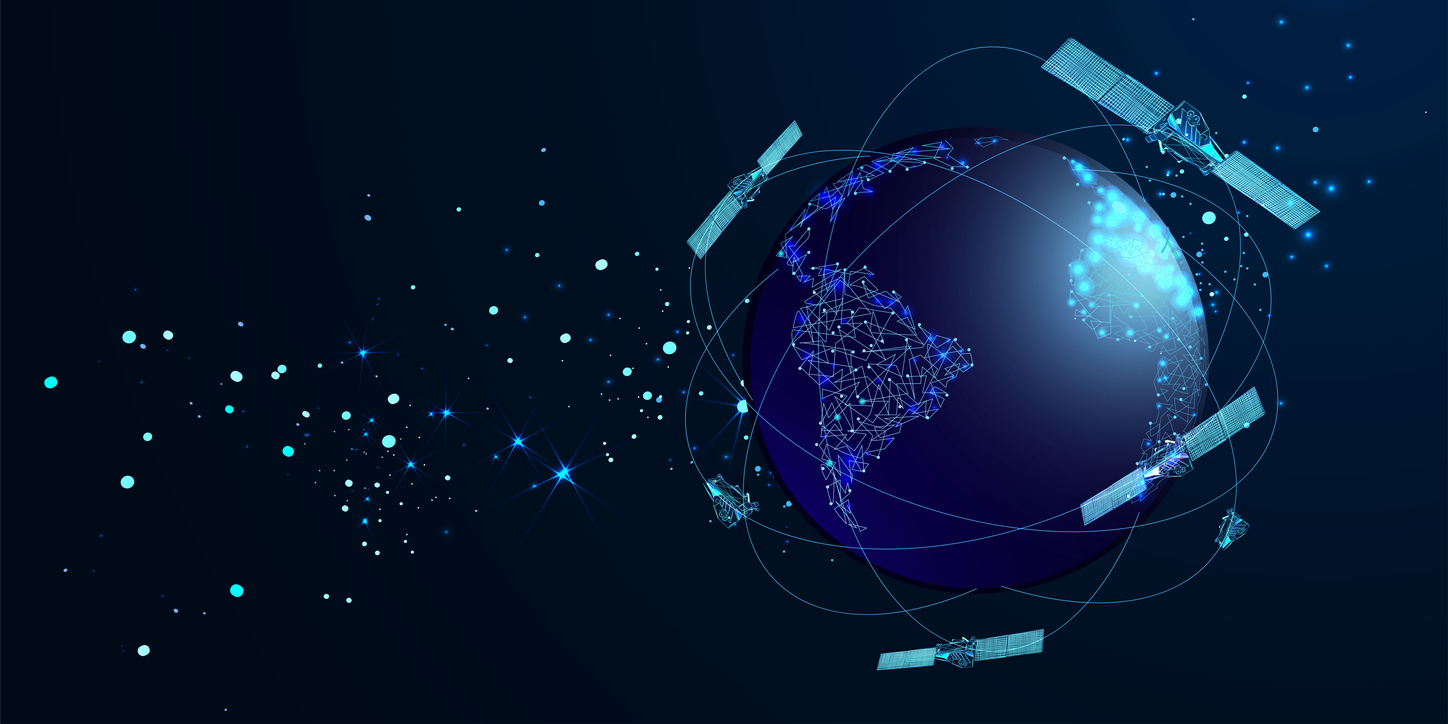Although there are no official details at present, Iris2’s low-Earth orbit coverage will require a backbone of at least 170 satellites. “This is an order of magnitude for continuous coverage of the Earth,” says Christophe Allemand, who works in the European Space Agency’s (ESA) Connectivity and Secure Communication Directorate. In medium orbit, around 30 satellites would be needed, “but there will be a higher latency than in LEO“, Allemand says.
One of the main stakes behind Iris2, which involves €6 billion in funding over 12 years,* is to safeguard Europe’s sovereignty, including in areas of major importance to the continent, such as Africa and the Arctic. At the 2022 Space Conference, Commissioner Breton stated that “we will provide access to all Europeans by putting an end to dead zones“. Moreover, “the Iris2 constellation is important for Europe because space is strategic. It’s an advantage,” says Ruy Pinto, CEO of Luxembourg-based operator SES. It aims to provide a service that can prove critical in times of natural disaster or conflict.
Starlink, for example, is largely subject to the decisions of its CEO (Elon Musk), who can arbitrarily choose to stop providing access to its service. In September 2023, he decided to cut off the Ukrainian government’s access to its network during a drone attack on the Russian fleet deployed in the Black Sea. For Europe, it will ensure that the service will be available to its critical users in a way that is decided in Brussels by the governance of the Member States.


